Turn Discarded Objects into Functional Furniture
In a world where consumerism reigns supreme, the notion of turning discarded objects into functional furniture is not just a creative outlet; it's a sustainable lifestyle choice. Imagine transforming an old wooden pallet into a chic coffee table or giving a vintage chair a new lease on life with a splash of paint and some upholstery. This article explores innovative ways to repurpose discarded items into stylish and functional furniture, promoting sustainability and creativity in home design. Whether you're an experienced DIY enthusiast or a curious beginner, there's something here for everyone. Get ready to dive into the world of repurposing, where your trash can truly become treasure!
Repurposing is more than just a trend; it's a philosophy that encourages us to see potential in what others might consider waste. By transforming old or discarded materials into new, useful products, we not only foster creativity but also contribute to a more sustainable world. Imagine the impact of reducing landfill waste while simultaneously crafting unique furniture pieces that tell a story. This shift towards sustainable living is not just beneficial for the environment; it can also be a rewarding journey of self-expression and innovation. So, why not embrace the challenge and discover the hidden gems in your own space?
Selecting suitable materials is crucial for successful furniture projects. The beauty of repurposing lies in the variety of discarded objects that can be transformed into functional art. Consider items like wooden pallets, crates, and old furniture pieces. Each of these has its own unique character and potential. When assessing materials, think about their durability, aesthetic appeal, and how they can fit into your design vision. For instance, a sturdy crate can become a stylish side table, while an old chair can be reimagined as a statement piece in your living room. The key is to look beyond the surface and envision what each item could become.
Wooden pallets are a favorite among DIY enthusiasts for their versatility and abundance. These often-overlooked items can be disassembled and reconfigured into a variety of functional pieces, such as coffee tables, benches, or even shelves. The possibilities are endless! However, it's important to understand their structural integrity and aesthetic potential. When working with pallets, consider factors like the type of wood, the design, and how it complements your existing decor. With a little creativity, you can turn a simple pallet into a stunning focal point in your home.
Before diving into your pallet project, safety should be your top priority. Not all pallets are created equal; some are treated with chemicals that can be harmful. Therefore, it's essential to check for treated versus untreated pallets. Look for stamps on the wood; those marked with "HT" (heat-treated) are generally safe for DIY projects. Additionally, cleaning and prepping the pallets is crucial. Sand down rough edges, remove any nails or staples, and give the wood a good wash to ensure a clean surface. Your safety and the longevity of your project depend on these steps!
Now that you’ve selected your pallets and ensured they’re safe, let’s get creative! There are countless design ideas for furniture made from pallets that can inspire your next project. From rustic farmhouse styles to sleek modern designs, the choice is yours. Consider painting your pallets in bold colors to make a statement, or leave them in their natural state for a more organic look. You can also mix and match different finishes to create a unique blend that reflects your personal style. The beauty of working with pallets is that you can customize them to fit perfectly within your home decor.
Reviving old furniture can be one of the most rewarding DIY projects. Instead of tossing out that old chair or table, why not give it a makeover? This section highlights techniques for refurbishing items like chairs, tables, and cabinets. Start by assessing the condition of the furniture; can it be repaired, or does it need a complete overhaul? Simple repairs like tightening screws or replacing hardware can work wonders. Painting can breathe new life into worn-out pieces, while reupholstering can add comfort and style. With a little creativity and effort, you can turn forgotten furniture into cherished treasures!
Having the right tools is essential for any DIY project. Whether you're a seasoned pro or just starting out, understanding the basic tools needed for repurposing furniture can make your projects smoother and more enjoyable. Essential tools include a saw, drill, sander, and paintbrushes. Each tool has its specific uses that can enhance your results. For example, a sander helps smooth out rough edges, while a drill is perfect for assembling your pieces securely. Don't be intimidated by the tool list; with a little practice, you'll be handling them like a pro in no time!
Here’s a quick rundown of must-have tools for transforming discarded objects into furniture:
| Tool | Use |
|---|---|
| Saw | Cutting wood to size |
| Drill | Assembling pieces |
| Sander | Smoothing surfaces |
| Paintbrushes | Applying paint or finish |
Now that you have your tools, let’s talk about some DIY techniques. Learning how to sand, paint, and assemble your pieces will be crucial in ensuring your furniture looks professional. Sanding helps to prepare the wood for painting, ensuring a smooth finish. When painting, consider using a primer first to help the paint adhere better. Finally, assembling your furniture securely is key to its longevity. Don’t be afraid to experiment with different techniques; each project is a learning experience that will enhance your skills!
Q: What types of materials are best for repurposing into furniture?
A: Some of the best materials include wooden pallets, crates, old furniture, and even discarded doors. Each of these can be transformed into stylish pieces with a bit of creativity.
Q: How do I ensure my repurposed furniture is safe to use?
A: Always check for treated materials, clean and prep surfaces, and inspect for any structural issues before starting your project.
Q: Can I use painted or stained furniture in my projects?
A: Yes, but ensure that the paint or stain is non-toxic and safe for indoor use, especially if the furniture will be used frequently.
Q: What if I don’t have experience with DIY projects?
A: Start small! Choose simple projects and gradually work your way up as you gain confidence and skills. There are plenty of online tutorials to guide you.
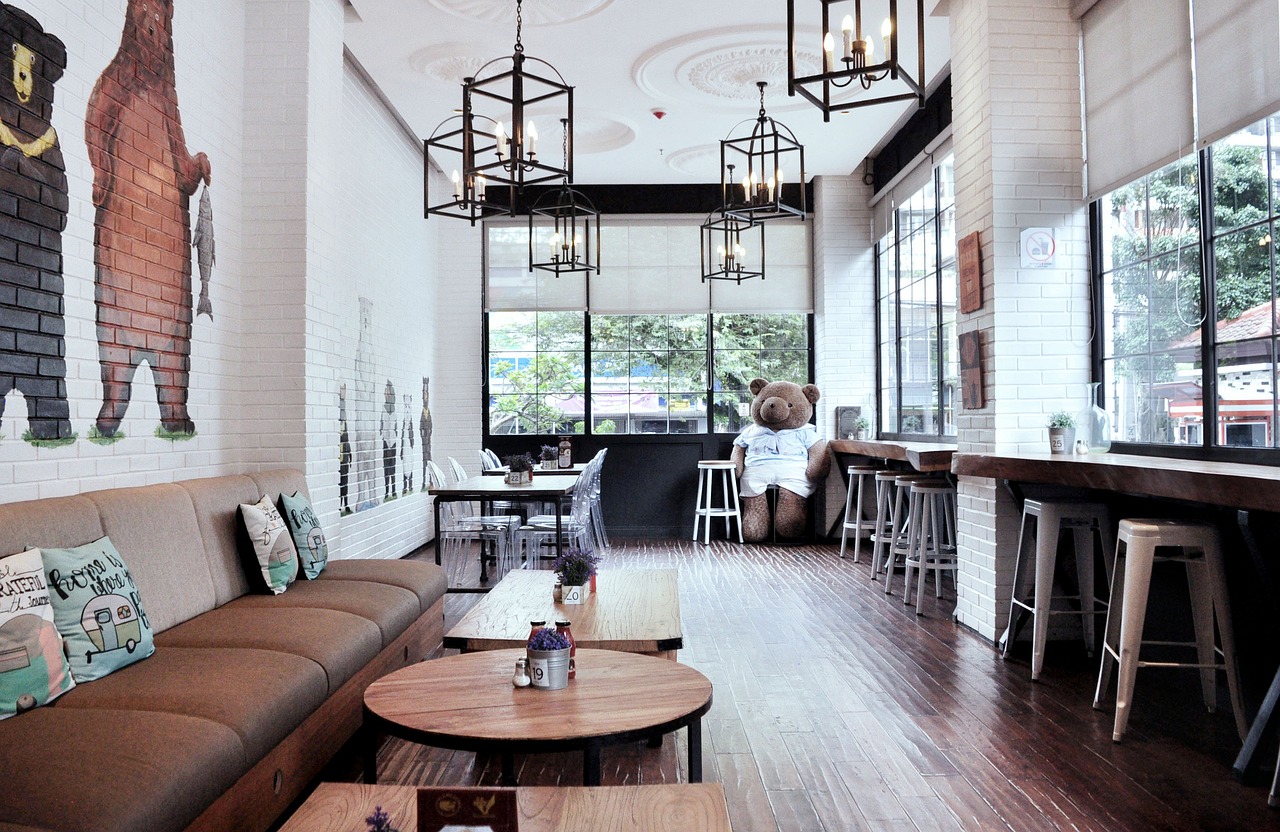
Understanding Repurposing
Repurposing is more than just a trend; it's a powerful philosophy that encourages us to see the potential in what others might consider trash. Imagine walking through a landfill and spotting a beautiful wooden door or a stack of forgotten crates. Instead of turning away, what if you could envision a stunning coffee table or a charming bookshelf crafted from those discarded items? This transformative approach not only sparks creativity but also promotes a more sustainable lifestyle. By breathing new life into old materials, we reduce waste and lessen our impact on the environment.
The environmental benefits of repurposing are significant. Every year, millions of tons of waste end up in landfills, contributing to pollution and the depletion of natural resources. By choosing to repurpose, we are actively participating in the circular economy, where materials are reused and recycled rather than thrown away. This shift in mindset can lead to a more sustainable future, where creativity and resourcefulness take center stage. It’s like giving a second chance to items that still have stories to tell, turning them into functional pieces that enhance our living spaces.
Repurposing also encourages us to think outside the box. It’s about breaking free from the conventional and exploring the vast possibilities of what can be created from the mundane. Whether it’s an old ladder transformed into a bookshelf or glass jars turned into stylish light fixtures, the only limit is your imagination. The satisfaction of creating something unique and functional from what would otherwise be discarded is immensely rewarding. Plus, it adds a personal touch to your home decor that store-bought items simply can’t match.
Incorporating repurposed items into your home not only contributes to sustainability but also tells a story. Each piece carries with it a history, a narrative that can spark conversations and inspire others. When friends and family visit and admire your handmade furniture, you can share the tale of how it came to be. This aspect of repurposing fosters a sense of connection, both to the items themselves and to the environment.
In summary, understanding repurposing is about recognizing the value in discarded objects and harnessing that potential to create functional furniture. It’s a movement towards sustainability, creativity, and personal expression. As you embark on your journey of transforming the old into the new, remember that every piece you save from the landfill is a step towards a more sustainable world.
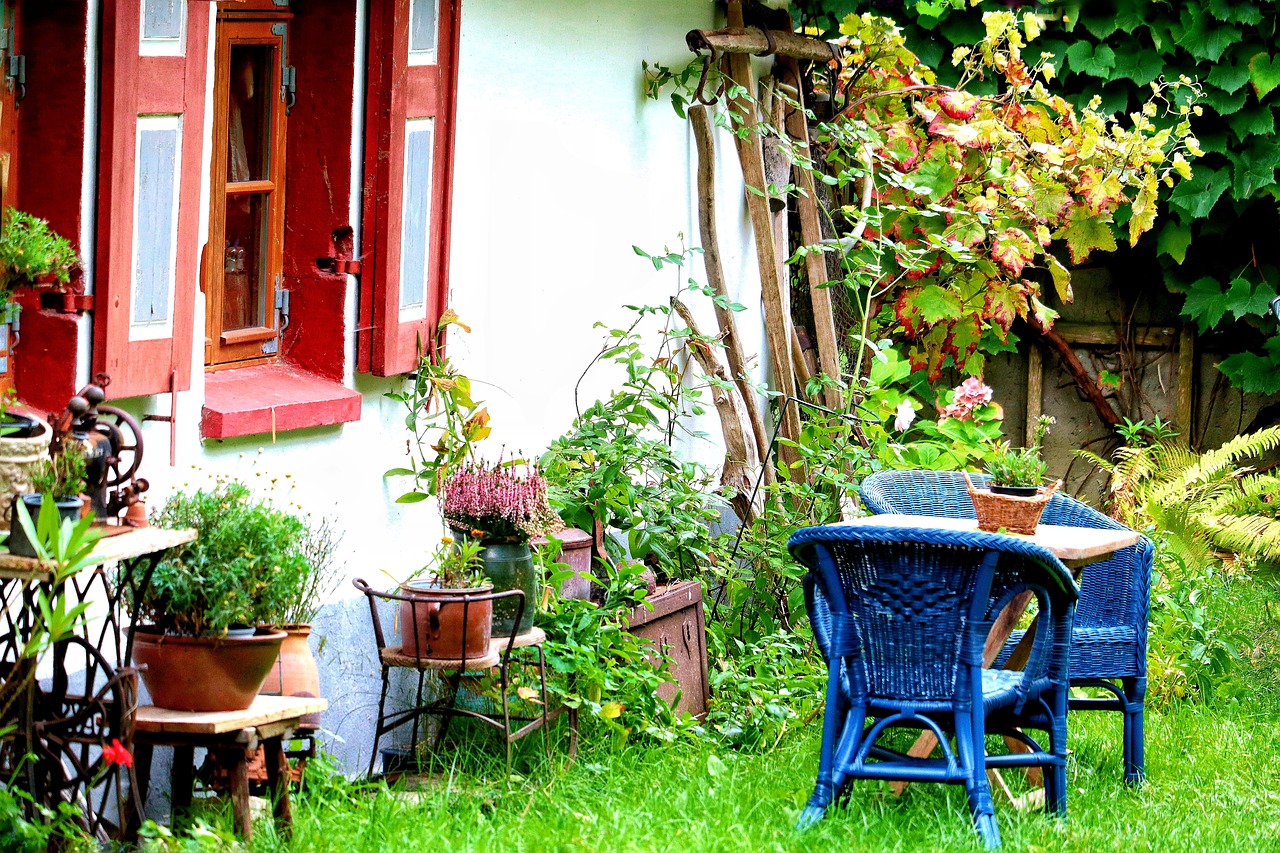
Choosing the Right Materials
When it comes to transforming discarded objects into functional furniture, the first step is to choose the right materials. This is where the magic begins! Imagine walking through your local market or rummaging through your garage, spotting potential treasures hidden among what others consider trash. The key is to keep an open mind and a creative spirit. You might be surprised by what you can turn into something beautiful and useful!
There are a plethora of discarded items that can be repurposed into stunning furniture pieces. Some of the most popular choices include:
- Wooden Pallets: These sturdy platforms are often overlooked but can be transformed into coffee tables, benches, or even garden furniture.
- Old Crates: With a little creativity, these can serve as unique shelving units or rustic side tables.
- Broken Furniture: Don’t dismiss that old chair with a wobbly leg! With some repairs and a fresh coat of paint, it can become a statement piece in your home.
To assess the potential of these materials, consider their condition and structure. For instance, wooden pallets are often readily available and can be quite durable if they are in good shape. Inspect them for any signs of damage or rot, and always check if they are treated with chemicals that could be harmful in your living space. On the other hand, old furniture may need more TLC, but the satisfaction of reviving a piece with history can be incredibly rewarding.
When selecting materials, think about the style and functionality you want to achieve. Are you aiming for a rustic, farmhouse vibe, or do you prefer a sleek, modern look? The choice of materials can significantly impact the overall aesthetic of your project. For example, combining reclaimed wood with metal accents can create an industrial feel, while using vintage fabrics can add a touch of warmth and nostalgia.
Ultimately, the right materials are those that resonate with your personal style and the vision you have for your space. Don’t be afraid to experiment and let your creativity flow. After all, the beauty of repurposing is that it allows you to create unique pieces that tell a story and reflect your individuality.

Wooden Pallets
Wooden pallets are the unsung heroes of the repurposing world. These sturdy structures are not just for transporting goods; they can be transformed into a plethora of stylish and functional furniture pieces. Imagine turning a pile of discarded pallets into a chic coffee table or a rustic bench that becomes the centerpiece of your living room. The best part? They’re often free or available at a minimal cost, making them a fantastic option for budget-conscious DIY enthusiasts.
One of the first steps in working with wooden pallets is understanding how to disassemble and reconfigure them. This process might seem daunting at first, but with a bit of patience and the right tools, you can easily break down these pallets into usable planks. When doing so, it's essential to consider the structural integrity of the wood. Not all pallets are created equal; some are made from stronger hardwoods, while others may be flimsy and unsuitable for furniture. Inspecting the pallets for any signs of damage or wear is crucial before embarking on your project.
Once you’ve selected your pallets, the possibilities are endless! You can create:
- Coffee tables: Stack and secure a few pallets together, sand them down, and finish with a coat of varnish for a rustic look.
- Benches: Use a single pallet as a base and attach cushions for a comfortable outdoor seating option.
- Shelves: Attach pallets to the wall for a unique shelving solution that doubles as decor.
As you dive into your pallet project, remember to embrace the aesthetic potential of the wood. Pallets can be stained, painted, or left in their natural state to match your home decor. The beauty of using pallets lies in their versatility; you can easily customize them to fit your personal style. Whether you prefer a sleek modern finish or a more rustic appearance, wooden pallets can adapt to your vision.
Before you start hammering away at those pallets, it’s crucial to consider safety. Not all wooden pallets are safe for home use. Some may have been treated with chemicals that can be harmful. Always check for the HT mark, which indicates that the pallet has been heat-treated and is safe for repurposing. Additionally, inspect for any signs of mold or damage. Cleaning and prepping your pallets is vital; a thorough wash and a good sanding can prepare them for transformation while ensuring they’re safe for your home.
Once you’ve ensured your pallets are safe and ready to go, it’s time to get creative! There are countless design ideas to inspire your next project. For a modern touch, consider painting your pallets in bold colors or using a whitewash finish for a beachy vibe. If you’re more into the industrial look, leave them raw and add metal accents. You can also mix and match different styles; for instance, combining a rustic pallet table with sleek metal chairs can create an eye-catching contrast.
In summary, wooden pallets offer a fantastic opportunity to unleash your creativity while promoting sustainability. With a little effort and imagination, you can transform these discarded items into stunning furniture pieces that not only enhance your home but also tell a story of innovation and resourcefulness.
Q: Where can I find wooden pallets?
A: Wooden pallets can often be found behind grocery stores, warehouses, and construction sites. Many businesses are willing to give them away for free, as they usually just take up space.
Q: Are all pallets safe to use for furniture?
A: No, it’s important to check if the pallets are treated with harmful chemicals. Look for heat-treated pallets (marked with HT) for safe use in your projects.
Q: What tools do I need to disassemble pallets?
A: Basic tools like a pry bar, hammer, and saw will help you disassemble pallets effectively. A power tool like a reciprocating saw can make the process quicker.
Q: Can I paint or stain my pallet furniture?
A: Absolutely! Once your pallets are cleaned and sanded, you can paint or stain them to match your decor. Just ensure any paint used is safe for indoor use if the furniture will be inside.
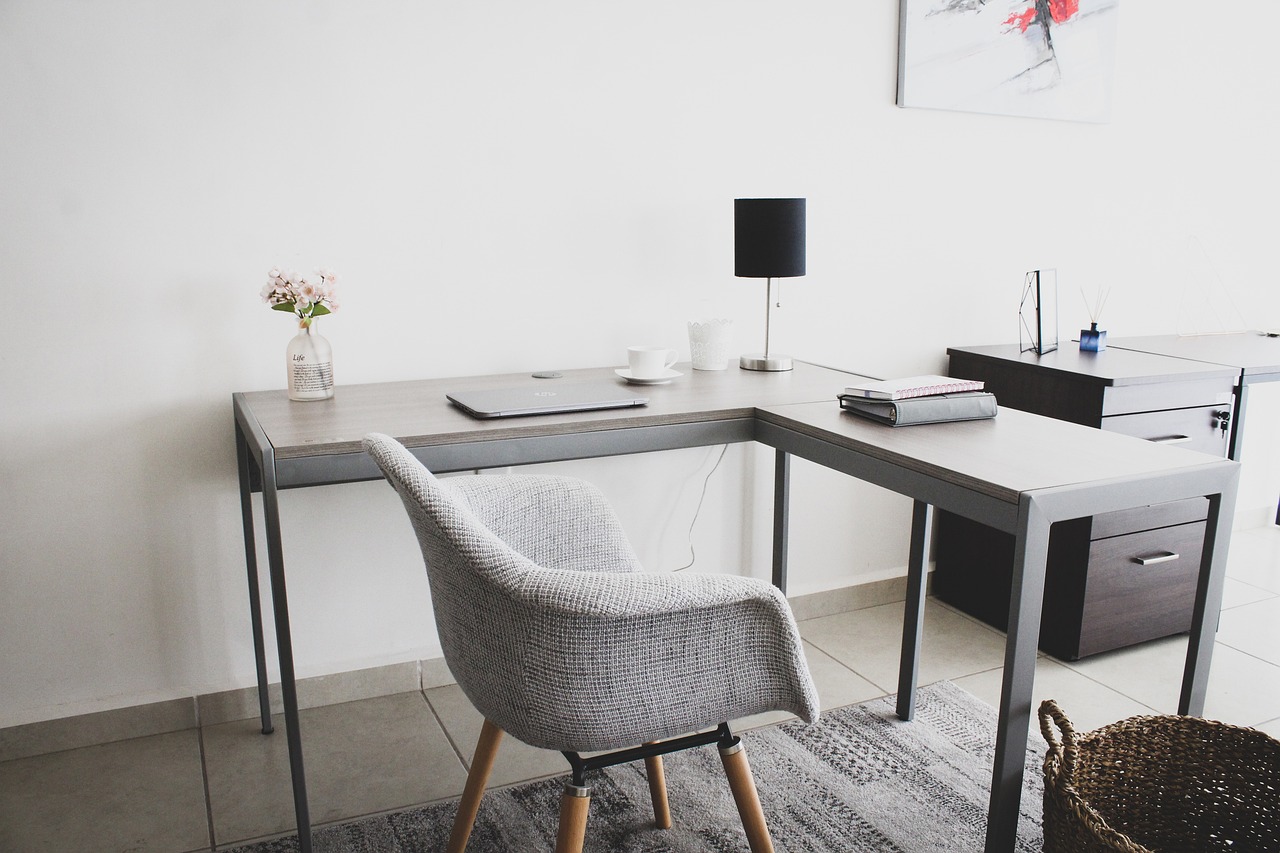
Safety Considerations
When diving into the world of repurposing wooden pallets, safety should always be your top priority. It’s easy to get caught up in the excitement of transforming a discarded object into a stunning piece of furniture, but overlooking safety can lead to serious consequences. First and foremost, you need to determine whether the pallets you’re using are treated or untreated. Treated pallets are often treated with chemicals that can be harmful to your health, especially if you plan to use them for indoor furniture. Look for stamps that indicate the treatment type; HT signifies heat treatment, which is safe, while MB indicates methyl bromide treatment, which is toxic.
Before you begin your project, it’s crucial to clean and prep the pallets properly. Start by removing any dirt, grime, or old paint that may be present. A simple mixture of soap and water can do wonders, but for tougher stains, a pressure washer may be necessary. After cleaning, inspect the pallets for any signs of mold or rot. This will not only ensure your furniture is safe but also extend its lifespan. Additionally, be on the lookout for sharp splinters or protruding nails that could cause injury. Using gloves and safety goggles while handling pallets can provide an extra layer of protection.
While working on your DIY project, ensure that your workspace is well-ventilated, especially if you’re using paints or finishes. Fumes from these materials can be hazardous when inhaled in large quantities. If you’re planning to sand the wood, wearing a mask is advisable to avoid inhaling dust particles. Lastly, always use the right tools for the job. Using inappropriate tools can lead to accidents, so make sure you’re familiar with how to use each tool safely. By taking these precautions, you can enjoy the creative process of repurposing without compromising your health or safety.
- What types of pallets are safe to use for furniture? Look for heat-treated (HT) pallets, as they are safe for indoor use. Avoid those marked with MB as they contain harmful chemicals.
- How do I clean wooden pallets before using them? Use a mixture of soap and water to scrub the pallets, and consider using a pressure washer for tougher stains.
- What safety gear should I wear while working with pallets? Always wear gloves, safety goggles, and a mask to protect against splinters, dust, and fumes.
- Can I use pallets for outdoor furniture? Yes, but make sure to use untreated pallets or those that have been properly sealed to withstand the elements.
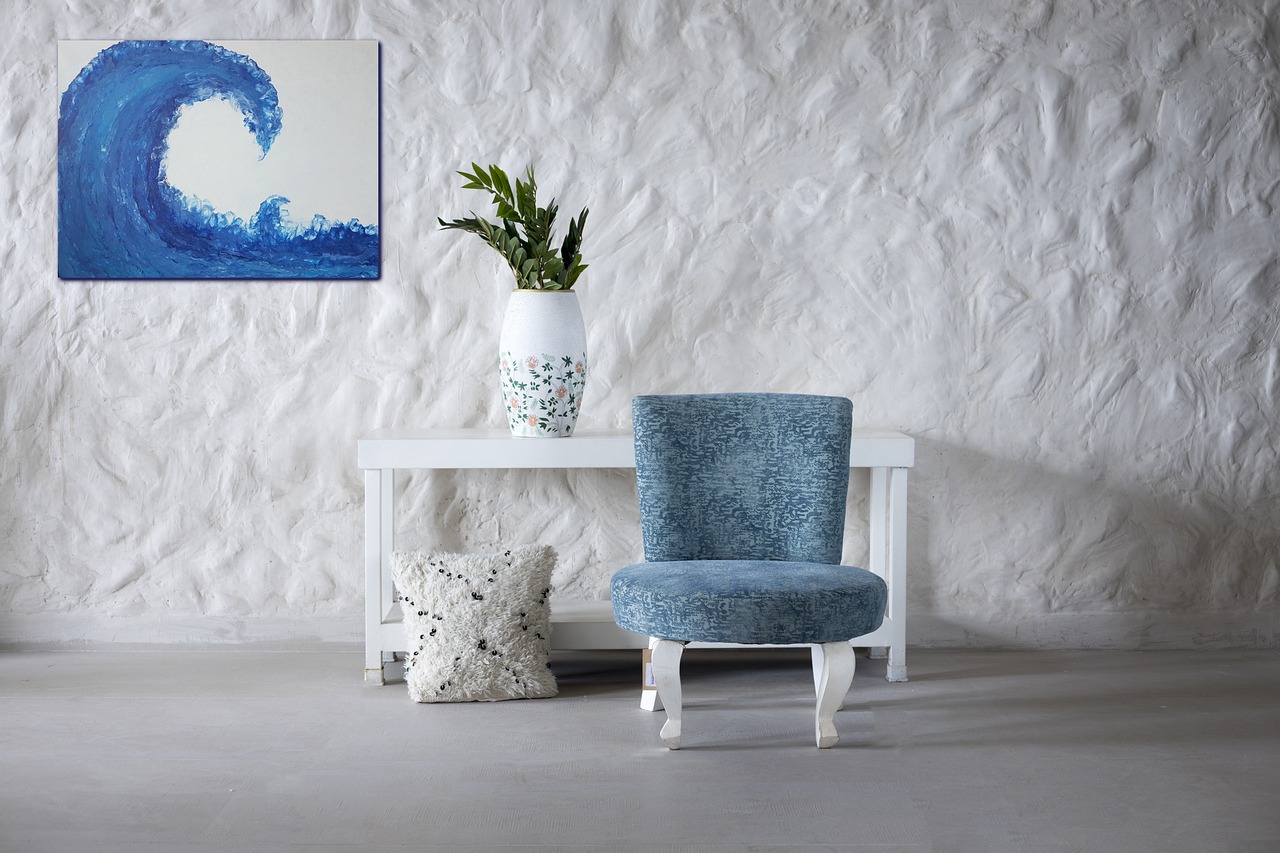
Design Ideas
When it comes to transforming wooden pallets into stunning furniture pieces, the possibilities are practically limitless! Imagine your living room adorned with a chic coffee table made entirely from repurposed pallets, or a rustic bench that adds character to your garden. The key to creating eye-catching designs lies in your creativity and vision. Here are some innovative ideas to get those creative juices flowing:
One popular design is a pallet sofa. By stacking and securing several pallets together, you can create a comfortable seating area that not only looks great but is also cost-effective. Add some colorful cushions and throws to enhance comfort and style. Another fantastic option is a pallet bed frame. This design not only gives a unique touch to your bedroom but also offers a sturdy base for your mattress. The natural wood finish can be left as is for a rustic feel, or painted to match your decor.
If you’re looking for something a bit more functional, consider a pallet bookshelf. By simply standing pallets vertically and securing them, you can create a stylish storage solution that showcases your favorite books and decorative items. You can even customize it with different paint colors or finishes to suit your aesthetic. For those with an eye for detail, a pallet wine rack can be a charming addition to your dining area. This project is simple yet effective, allowing you to display your wine collection beautifully.
But don't stop there! The beauty of repurposing lies in the ability to personalize each piece. For instance, you can incorporate different materials like glass or metal to create a mixed-media look. Imagine a pallet coffee table with a glass top or a bench featuring metal legs for added stability and style. The combination of textures can elevate your design to the next level.
Lastly, let’s not forget about the outdoor possibilities. A pallet garden planter can be a stunning focal point in your backyard. By stacking pallets and filling them with soil, you can create a vertical garden that saves space and adds greenery to your outdoor space. It’s a great way to grow herbs or flowers while showcasing your DIY skills.
In summary, the design ideas for pallet furniture are as varied as your imagination allows. Whether you opt for a sophisticated look or a more rustic charm, the key is to experiment and have fun with the process. Remember, each piece you create tells a story and reflects your personal style. So gather your pallets, unleash your creativity, and start building your dream furniture today!
- What types of pallets are best for furniture projects? Look for heat-treated pallets, as they are safer and less likely to harbor pests.
- How do I clean and prep pallets for use? Use a pressure washer or scrub them with soap and water, then allow them to dry completely.
- Can I use pallets for outdoor furniture? Yes, but be sure to treat the wood with a weatherproof sealant to prolong its life outdoors.
- What tools do I need to get started? Basic tools include a saw, hammer, nails or screws, and sandpaper. A drill can also be very useful.
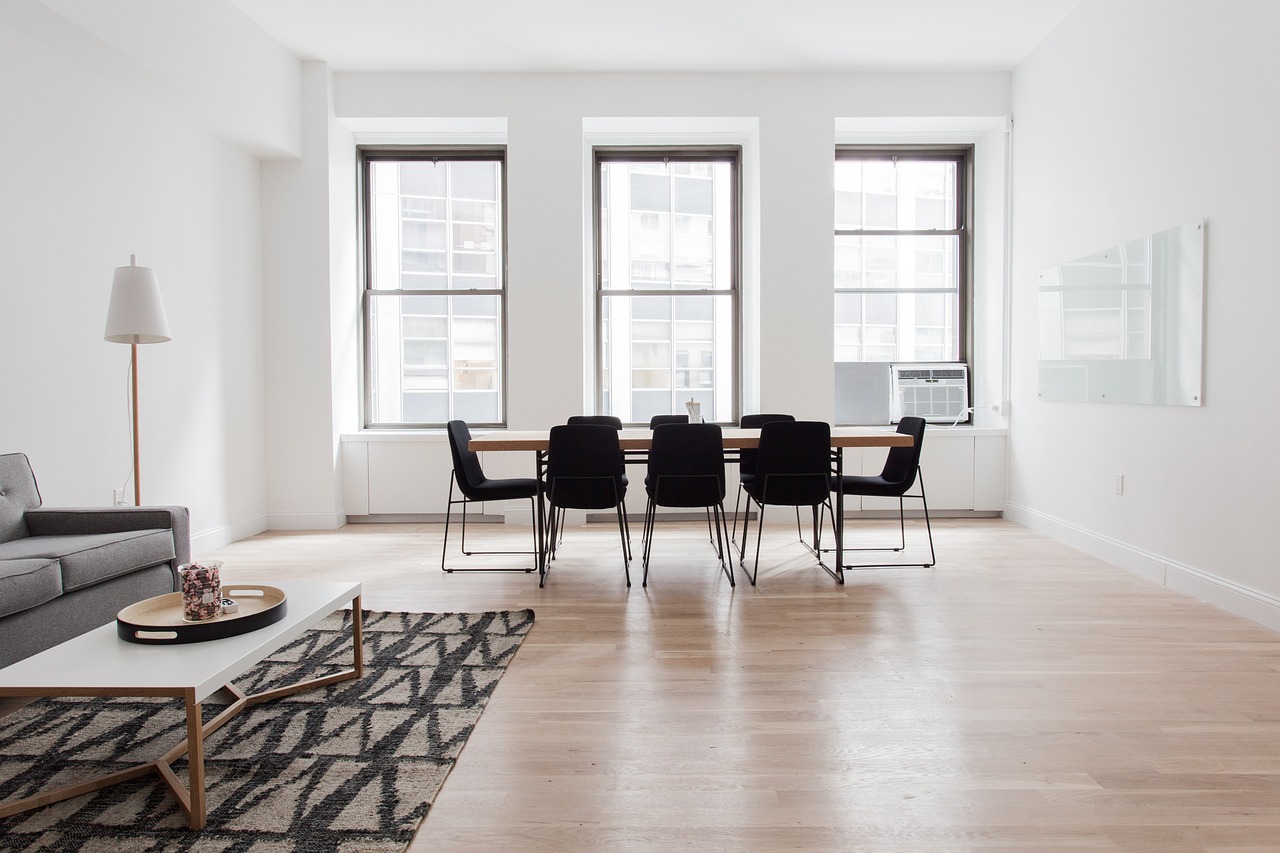
Old Furniture Revival
Reviving old furniture is not just a trend; it's a creative journey that allows you to breathe new life into pieces that may have been gathering dust in your garage or attic. Imagine walking into your living room and seeing a beautifully restored chair that was once an eyesore, now a statement piece that tells a story. Refurbishing old furniture is like giving a second chance to forgotten treasures, and it’s a fantastic way to express your personal style while being kind to the planet.
When you embark on this adventure, the first step is to assess the condition of the furniture. Look for structural integrity; is the frame sturdy? Are there any loose joints? Once you’ve determined that the piece is worth reviving, it's time to roll up your sleeves and get to work. Repairing minor damages is often easier than you might think. For instance, if a chair leg is wobbly, a little wood glue and some clamps can work wonders. If the upholstery is stained or outdated, consider reupholstering it with a fabric that matches your decor.
Painting is another transformative technique that can completely change the look of your furniture. Whether you opt for a bold color or a soft pastel, a fresh coat of paint can make a tired piece feel vibrant and new. Don’t be afraid to experiment with different finishes; chalk paint can give a rustic look, while high-gloss paint can bring a modern touch. If you're feeling adventurous, why not try a decoupage technique? This involves gluing decorative paper or fabric onto surfaces, allowing for endless creativity.
Upholstery might seem daunting, but it can be a rewarding skill to learn. There are plenty of online tutorials available that can guide you through the process of reupholstering a chair or couch. If you're not ready to tackle this yourself, consider hiring a professional to help. In the end, the goal is to create a piece that not only looks good but also fits your lifestyle.
To give you a clearer idea of what you can achieve, here's a simple table that outlines some common furniture pieces and their revival techniques:
| Furniture Piece | Revival Technique | Tips |
|---|---|---|
| Chairs | Reupholstering, Painting | Choose durable fabric for high-use areas. |
| Tables | Refinishing, Staining | Use a protective sealant for longevity. |
| Cabinets | Painting, New Hardware | Consider adding glass or mirrors for a modern touch. |
Ultimately, the revival of old furniture is about more than just aesthetics; it’s about creating pieces that resonate with your personal story and values. Each scratch and dent tells a tale, and with a little effort, you can turn these relics into functional art. So, gather your tools, unleash your creativity, and embark on the journey of transforming your old furniture into stunning, unique pieces that will be cherished for years to come.
Q: What type of furniture is best for reviving?
A: Look for pieces that are structurally sound. Solid wood furniture is often the best candidate for revival due to its durability.
Q: Do I need special tools for refurbishing furniture?
A: While basic tools like screwdrivers, sandpaper, and paintbrushes are essential, you can often start with just a few items. As you progress, consider expanding your toolkit.
Q: Can I use any type of paint on furniture?
A: Not all paints are suitable for furniture. It's best to use paints specifically designed for furniture or those that provide a durable finish.
Q: Where can I find inspiration for my furniture revival projects?
A: Websites like Pinterest and Instagram are treasure troves of inspiration. You can also visit local thrift stores to see what others have done with similar pieces.
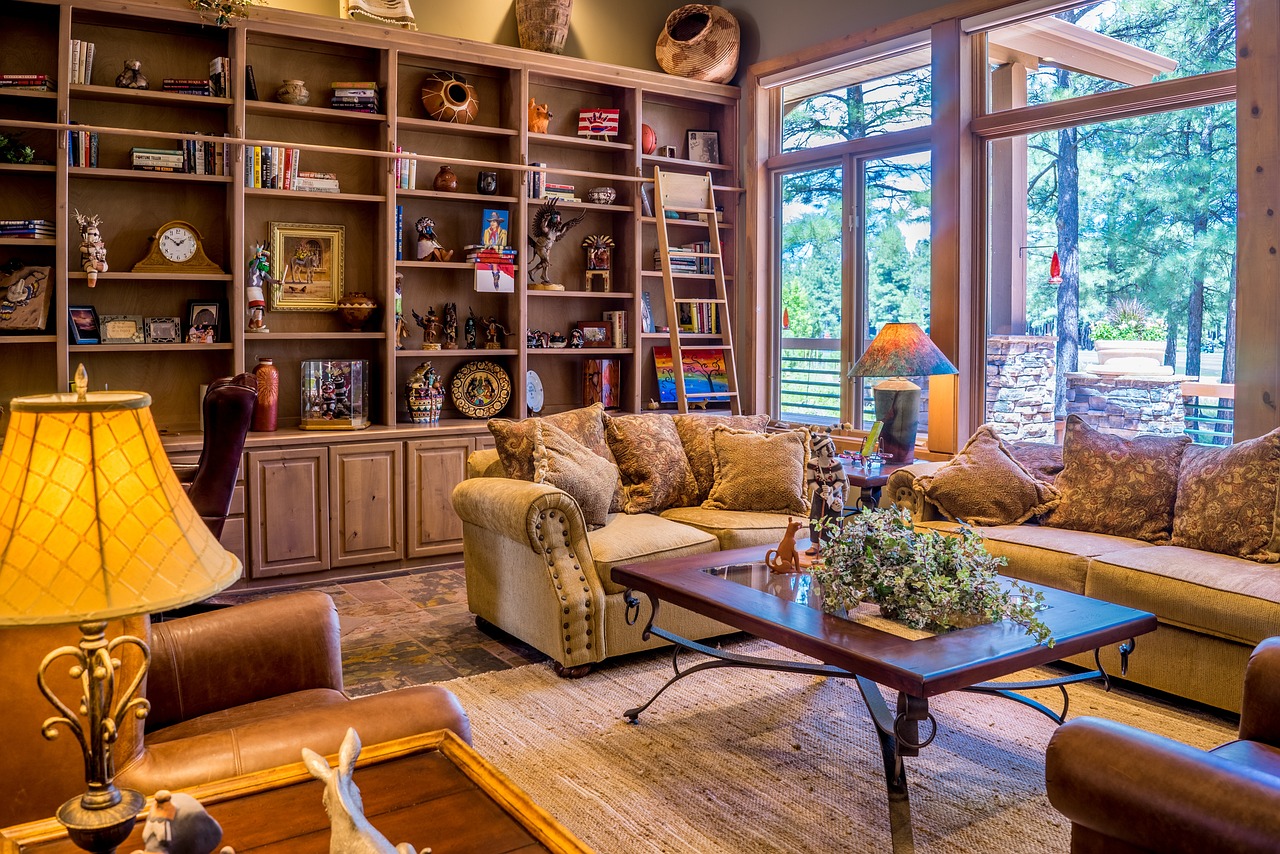
Tools and Techniques
When it comes to transforming discarded objects into functional furniture, having the right tools is just as important as your creativity. Think of your tools as the magic wands of your DIY projects; they can turn a simple piece of wood into a stunning coffee table or an old chair into a stylish statement piece. So, what tools should you have in your arsenal? Let’s dive into the essentials that will make your repurposing journey smoother and more enjoyable.
First off, you’ll want to ensure you have the basics covered. A reliable set of hand tools is crucial. This includes a hammer for driving nails, a screwdriver for assembling parts, and a measuring tape to ensure everything fits just right. Additionally, a jigsaw or a circular saw will be your best friends when it comes to cutting materials to size. Remember, precision is key! You wouldn’t want your beautifully crafted shelf to wobble because of uneven cuts, right?
Next on the list is a sander. Whether you’re working with wooden pallets or old furniture, sanding is essential to create a smooth finish and prepare the surface for painting or staining. If you’re feeling adventurous, you might even consider investing in a power sander, which can save you time and effort, especially on larger projects. And let’s not forget about safety gear! A good pair of gloves and safety goggles will protect you from splinters and dust.
Now, let’s talk techniques. The process of repurposing furniture is not just about having the right tools; it’s also about knowing how to use them effectively. For instance, when working with wooden pallets, it's crucial to understand how to properly disassemble them without damaging the wood. Start by removing the nails carefully; a crowbar can be particularly helpful for this task. Once you have your pieces, you can begin to envision how they will come together in your new design.
One of the most exciting techniques to master is upcycling. This involves taking something that might be considered trash and giving it a new life. For example, an old dresser could be transformed into a stunning bathroom vanity with a bit of creativity and elbow grease. Painting is another fantastic technique that can dramatically change the look of your furniture. A fresh coat of paint can breathe new life into tired pieces, and using different finishes can add character and personality.
To make the most of your DIY projects, consider creating a workspace that inspires you. A well-organized area with all your tools within reach can significantly enhance your productivity. Set up a sturdy workbench, and keep your tools stored neatly in a toolbox or pegboard. This not only makes your work easier but also keeps you motivated as you see your projects come to life.
Finally, don’t underestimate the power of community. Joining local DIY groups or online forums can provide you with valuable tips, inspiration, and support. Sharing your progress and learning from others can make the journey of repurposing furniture even more enjoyable.
Q: What are the basic tools I need to start repurposing furniture?
A: Essential tools include a hammer, screwdriver, measuring tape, saw (jigsaw or circular), sander, and safety gear like gloves and goggles.
Q: How do I safely disassemble wooden pallets?
A: Use a crowbar to gently pry apart the pallets, taking care to remove nails without damaging the wood.
Q: Can I use any type of paint on repurposed furniture?
A: It's best to use paint specifically designed for furniture or surfaces, as these will adhere better and provide a more durable finish.
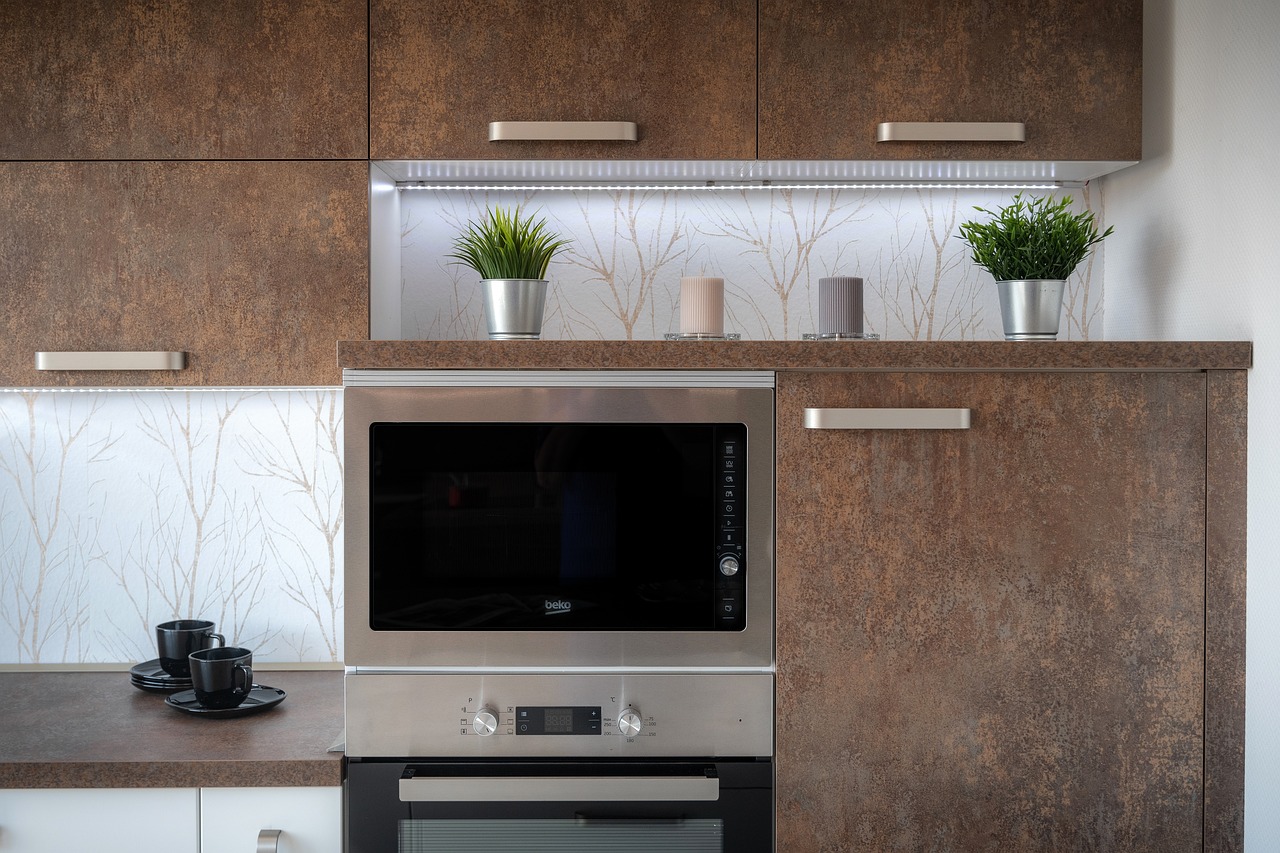
Essential Tools
When diving into the world of repurposing discarded objects into functional furniture, having the right tools at your disposal can make all the difference. Imagine trying to bake a cake without a mixer or a whisk; it would be quite the challenge, right? Similarly, the right tools can simplify your DIY projects and elevate your results. Here’s a rundown of some essential tools that every aspiring furniture maker should consider.
First off, a power drill is a must-have. This versatile tool is perfect for drilling holes and driving screws, making assembly a breeze. Whether you're putting together a pallet coffee table or attaching legs to an old door, a power drill saves you time and effort. Next, you’ll want a circular saw. This tool is invaluable for cutting wood precisely and efficiently. It’s ideal for when you need to resize pallets or cut boards for your projects. Just remember to practice safety and wear protective gear!
Another important tool is a sander. If you’ve ever run your hand over rough wood, you know how essential it is to have a smooth finish. A sander helps you achieve that polished look, making your furniture not only beautiful but also safe to use. For those intricate details, a jigsaw can come in handy. It allows you to make curved cuts and intricate designs that can really make your furniture stand out.
In addition to these power tools, don’t overlook the importance of hand tools. A hammer and a set of screwdrivers are essential for any project. They may seem basic, but they’re the backbone of furniture assembly. You’ll also need a reliable tape measure to ensure your pieces fit perfectly. Nothing is more frustrating than finishing a project only to find that it doesn’t fit where you intended!
Lastly, let’s not forget about safety gear. Always protect your eyes with safety goggles and wear a dust mask when sanding or cutting. It’s easy to get caught up in the excitement of a new project, but safety should always be your top priority. By equipping yourself with these essential tools, you’ll be well on your way to transforming discarded items into stunning furniture pieces that reflect your unique style.
Q: What tools do I need to start repurposing furniture?
A: Essential tools include a power drill, circular saw, sander, jigsaw, hammer, screwdrivers, tape measure, and safety gear.
Q: Can I use hand tools instead of power tools?
A: Yes, hand tools can be effective, but power tools can save time and provide more precision for larger projects.
Q: How do I ensure safety while using tools?
A: Always wear safety goggles and a dust mask, and follow the manufacturer’s instructions for each tool.
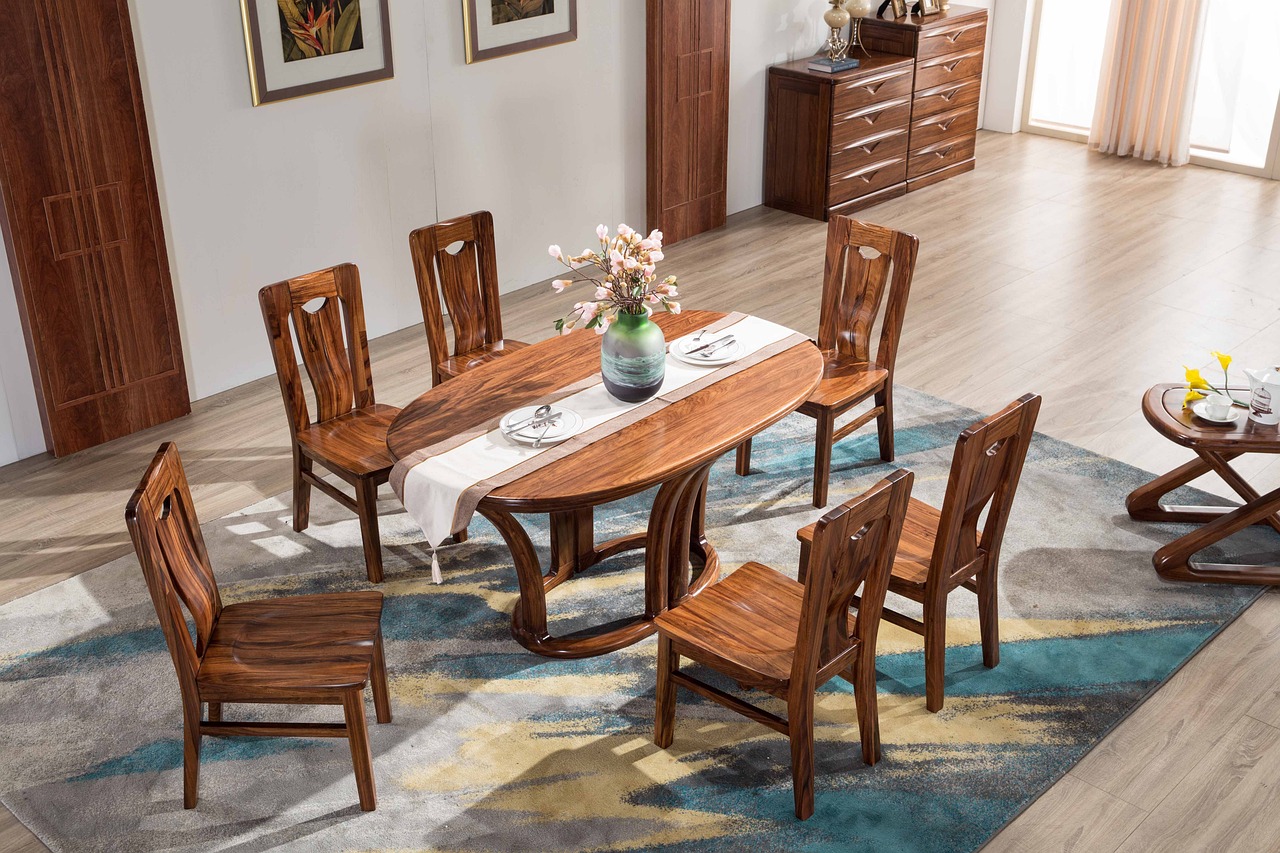
DIY Techniques
When it comes to transforming discarded objects into stunning furniture pieces, mastering a few can make all the difference. Whether you're working with wooden pallets, old furniture, or even repurposed metal, knowing how to approach your project is key to achieving a polished finish. First and foremost, sanding is an essential step that cannot be overlooked. It smooths out rough edges, removes old paint, and prepares the surface for painting or staining. A good rule of thumb is to start with a coarser grit sandpaper (around 80-grit) and gradually move to a finer grit (220-grit) for that smooth touch.
Next up is painting. This is where your creativity can truly shine! Before you dive into the world of colors, ensure that your surface is clean and dry. Using a primer can help the paint adhere better, especially if you’re working with a slick or shiny surface. Opt for non-toxic, eco-friendly paints when possible, as they are better for both your health and the environment. If you’re feeling adventurous, consider using a technique like distressing or stenciling to add character to your pieces. Imagine a chic coffee table with a weathered look, telling a story of its past life!
Another crucial technique is assembling your furniture correctly. If you're repurposing pallets, for instance, understanding how to join them securely is vital. Use wood glue and screws for a strong bond, ensuring that your creations are not just beautiful but also safe and durable. If you're tackling a project that involves upholstery, take your time to learn the basics of reupholstering. This might include removing old fabric, adding new padding, and skillfully stapling down the new material. It can be a bit tricky, but the satisfaction of reviving an old chair with fresh fabric is immensely rewarding!
Lastly, don’t underestimate the power of finishing touches. After your piece is assembled, think about how you can enhance its appeal. Adding hardware like knobs or handles can elevate the functionality and style of your furniture. You might also consider applying a protective finish, such as polyurethane, to keep your piece looking fresh for years to come. Remember, the goal is not just to create furniture but to create pieces that reflect your personality and style.
In summary, mastering these DIY techniques can turn your discarded items into functional art. With a bit of patience and creativity, you'll find that the possibilities are endless, and each project can be a unique expression of your style. So grab those tools, unleash your imagination, and start creating!
Q: What tools do I need to start a DIY furniture project?
A: At a minimum, you should have a saw, drill, sander, paintbrushes, and safety gear like gloves and goggles. As you grow more confident, you can invest in additional tools like a nail gun or a jigsaw.
Q: Can I use any type of wood for my projects?
A: While many types of wood can be repurposed, it's essential to choose pieces that are structurally sound. Avoid wood that shows signs of rot or extensive damage. Pallets and old furniture are great options to consider.
Q: How do I ensure my repurposed furniture is safe to use?
A: Always check for any hazardous materials, especially with older furniture. Sanding and refinishing can help eliminate harmful substances. Additionally, ensure that all joints and connections are secure before using your furniture.
Frequently Asked Questions
- What is repurposing and why is it important?
Repurposing is the creative process of transforming discarded or old items into new, functional products. It's important because it promotes sustainability by reducing waste and encourages a more eco-friendly lifestyle. By giving new life to items that would otherwise end up in landfills, we can make a positive impact on the environment.
- What types of materials are best for DIY furniture projects?
Some of the best materials for DIY furniture projects include wooden pallets, crates, old furniture pieces, and even metal scraps. The key is to assess their condition and potential for transformation. Look for items that are sturdy and have a unique character to inspire your creativity.
- How do I safely use wooden pallets for furniture making?
Before using wooden pallets, it's crucial to check if they are treated or untreated. Treated pallets may contain harmful chemicals, so always look for the HT stamp which indicates heat treatment. Additionally, clean and prep the pallets properly to ensure they are safe for use in your home.
- What tools do I need to start repurposing furniture?
Essential tools for repurposing furniture include a saw, drill, sander, paintbrushes, and safety gear like gloves and goggles. These tools will help you disassemble, shape, and finish your projects effectively. For beginners, starting with a basic toolkit is a great way to get your feet wet in DIY furniture making.
- Can I really transform old furniture without any prior experience?
Absolutely! Many DIY projects are beginner-friendly, and there are countless resources available, such as tutorials and videos, to guide you through the process. Start with simple projects and gradually work your way up to more complex transformations as you gain confidence and skills.
- What are some creative design ideas for repurposed furniture?
There are endless possibilities when it comes to design! You can turn wooden pallets into rustic coffee tables, old chairs into trendy benches, or even crates into stylish bookshelves. The key is to think outside the box and customize each piece to fit your personal style and home decor.



















